How To Choose The Best Plastic Injection Molding Materials
Injection molding materials are used in our life all the day on the world. Undstand the molding materials. See how strong they are. Find creative uses such as toys, blocks, and gears. Every material has its unique advantages. This blog makes it easier for you to choose the best ones!
What Are The Most Common Plastic Materials For Injection Molding?
ABS
ABS is an example of plastic injection molding materials. This material’s tensile strength is 44 MPa. It has high impact strength. The density is 1.04 g/cm³. It has a melting point of 220°C. That assists it to take the required shape. They use ABS for LEGO bricks. This material resists heat. It is very sturdy.
ABS turns out to be particularly suitable for injection molding. It is used in the production of many toys. The electrical insulation characteristic of the material used in ABS is fairly good. It is widely used in manufacturing. Know about about ABS injection molding.
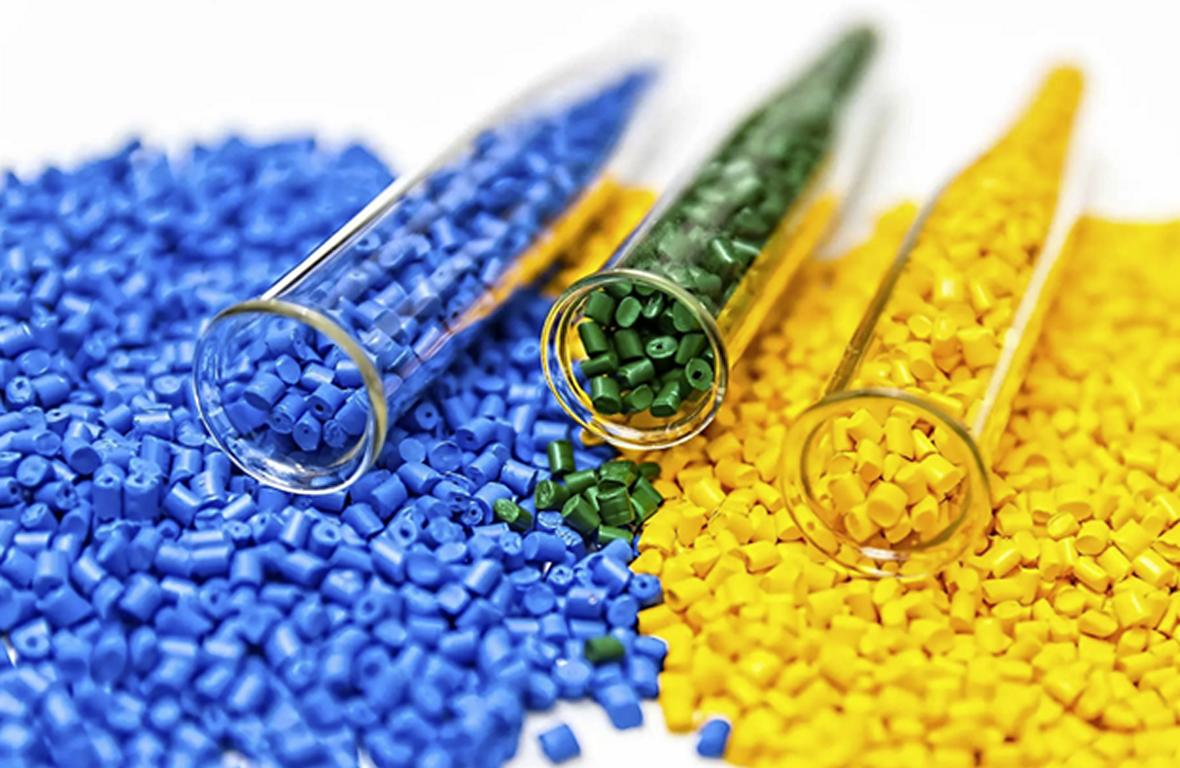
Polypropylene
Polypropylene is light. It weighs 0.91 g/cm³. Its tensile strength is 30 MPa. This plastic is quite chemical resistant. They shape it at a temperature of 160°C. The material is flexible. Plastic injection molding materials like this are used in containers. It has low absorption of moisture.
It is used to make ropes. The surface is smooth. This plastic can also be recycled. Polypropylene can handle heat. It’s strong and durable. Learn more about Polypropylene injection molding.
Polycarbonate
Polycarbonate is tough. Its tensile strength is 70 MPa. The density is 1.20 g/cm³. Its melting point is 267°C. This material is clear. They use it for lenses. Polycarbonate is shatterproof.
It blocks UV rays. Plastic injection molding materials like this are lightweight. Many gadgets use it. It has high impact strength. Polycarbonate is heat resistant. This plastic can be used in many different ways. Learn more about Polycarbonate injection molding.
PMMA (Acrylic)
PMMA or Acrylic is similar material like PC, it is one of the best transperancy plastic matrials, most of industry use PMMA to replace the glass, the density is 1.18 g/cm³, the melting points is arrange between 220-260°C, there are lots of lens, glasses are using PMMA injection molding process, go to acrylic injection molding or PMMA molding page to know more about this material.
Nylon
Nylon is very strong. Its tensile strength is 75 MPa. The density of this material is 1.15 g/cm³. The melting point is 220°C. Plastic injection molding materials such as Nylon are wear-resistant.
They use it for gears. This plastic absorbs water. It’s tough and flexible. For instance, bearings are better made from nylon. The surface is smooth. It can be easily colored. This material is durable. It is commonly employed in textiles. Learn more about Nylon injection molding.
Polystyrene
Polystyrene is clear. It has a density of 1.05 g/cm³. The tensile strength is 35 MPa. This plastic is rigid. Finally, they shape it at a temperature of 200 degrees Celsius.
Plastic injection molding materials like polystyrene are lightweight. It is used for cups. This material insulates well. The plastic is brittle. They use it in packaging. It’s easy to shape. Polystyrene is cost-effective. Many products use it. It can be recycled.
PEEK
PEEK is very tough. It has a tensile strength of 90 MPa. The density of this material is 1.32 g/cm³. The melting point is 343°C. PEEK resists chemicals. Plastic injection molding materials like PEEK are used in aerospace. This plastic is highly resistant. It handles heat well. PEEK is lightweight.
It is widely used in many medical devices. It’s wear-resistant. The material is durable. PEEK is especially suitable for highly stressed areas. Learn more about PEEK plastic injection molding.
PVC
PVC is common. Its density is 1.38 g/cm³. The tensile strength is 50 MPa. Plastic injection molding materials like PVC resist water. They shape it at 160°C. PVC is rigid. They use it for pipes.
The material insulates well. It is durable. PVC can also be flexible at times. This plastic is cost-effective. It is used in many building materials. It’s easy to shape. PVC is versatile.
Acetal
Acetal is strong. It has a tensile strength of 70 Mega Pascal. This plastic’s density is 1.41 g/cm³. The melting point is 175°C. Acetal is smooth. Plastic injection molding materials like Acetal are used for gears. This material resists wear. It’s tough and rigid. Acetal is suitable for bearings. They mold it easily. The plastic is durable. This is applied in many fields. Acetal is reliable. Lear more about POM injection molding.
TPE
TPE is soft. Its density is 1.2 g/cm³. The tensile strength is 10 MPa. Plastic injection molding materials such as TPE are flexible. It is shaped at 200°C. TPE is used for grips. The material is elastic.
It feels rubbery. This plastic resists fatigue. TPE is easy to color. It’s used in toys. The material is comfortable. They often use it in handles of objects such as receptacles and furniture. TPE is versatile. Learn more about TPE injection molding.
HDPE
HDPE is sturdy. It has a density of 0.95 g/cm³. The tensile strength is 30 MPa. Plastic injection molding materials like HDPE are tough. They shape it at the temperature of 130°C. HDPE is used for bottles. Learn more about HDPE injection molding.
The material resists impact. It’s lightweight. This plastic is durable. HDPE is suitable for pipes. It doesn’t absorb water. The material is recyclable. Many containers use it. HDPE is reliable.
Below are most ten injection molding materials used in the world, if you want to know more plastic materials, please go to another injection molding materials page, there are more materials for you to select.
| Material | Density (g/cm³) | Melting Point (°C) | Tensile Strength (MPa) | Flexural Modulus (GPa) | Impact Resistance |
| ABS | 1.04 | 200 | 40-60 | 2.1 | High |
| Polypropylene (PP) | 0.91 | 160 | 30-40 | 1.5 | Moderate |
| Polycarbonate (PC) | 1.2 | 270 | 60-70 | 2.2 | Very High |
| PMMA (Acrylic) | 1.18 | 220-260 | 50-70 | 2.1 | Middle high |
| Nylon(PA6 or PA66) | 1.15 | 260 | 70-100 | 3 | High |
| Polystyrene (PS) | 1.05 | 240 | 30-50 | 3.2 | Low |
| PEEK | 1.3 | 340 | 90-100 | 4 | Very High |
| PVC | 1.38 | 200 | 40-60 | 2.6 | Moderate |
| Acetal (POM) | 1.41 | 175 | 60-80 | 2.9 | High |
| TPE | 1.15 | 230 | 20-30 | 1 | Very High |
| HDPE | 0.95 | 130 | 20-30 | 1 | Moderate |
Table on The Most Common Plastic Materials For Injection Molding!
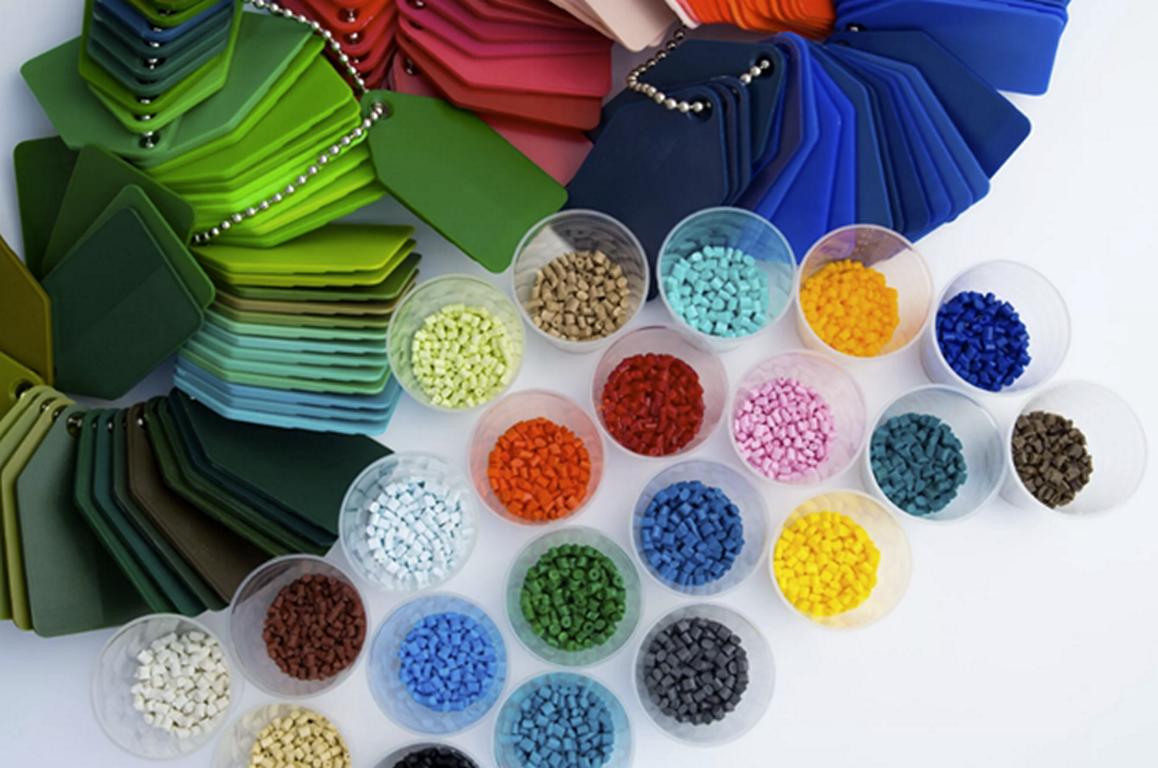
What Are The Key Factors In Choosing Injection Molding Materials?
Tensile Strength
Tensile strength measures force. It helps pick materials. ABS withstands 4,400 psi. Nylon has 12,400 psi. The higher the psi, the sturdier the plastic is. Machines employ kN in determination of strength.
50 kN is good. This tests whether plastic is breakable. Stronger plastics last longer. Plastic injection molding materials like polycarbonate have 9,000 psi. Choose the best one.
Thermal Stability
Materials must endure heat. Nylon withstands 170°C. Polyethylene handles 120°C. Stability matters for molds. Thermocouples measure heat. The number reads °C.
Do not melt at high °C. PP resists 140°C. Select the one with the high limit. PEEK resists 250°C. Choose right for the job.
Impact Resistance
Impact strength matters. It shows material toughness. ABS has 300 J/m. Polycarbonate has 850 J/m. This means it’s strong. Tests use joules (J). Energy consumed up to the point when a material fractures is taken into account. Materials with high J/m are also said to be tough. They survive hits better. Plastic injection molding materials like nylon have 400 J/m. Choose wisely.
Flexibility
Materials bend differently. Flexibility matters. TPU bends easily. It has 550% elongation. Polypropylene (PP) bends 200%. Machines test it. They use Mpa. PP has 35 Mpa.
The flexible plastics do not burst quickly. PVC bends 80%. Check elongation rates. Higher is better. Pick the right one.
Chemical Resistance
Plastics resist chemicals differently. PP resists acids well. PE resists bases. Tests use pH scale. Higher pH means stronger base. Plastic injection molding materials like nylon resist 10 pH.
They use tests to check resistance. Good resistance lasts longer. PVDF resists 12 pH. Choose the material depending on usage.
Shrinkage Rate
Shrinkage rate affects size. Nylon shrinks 1.5%. PP shrinks 2%. Low shrinkage keeps shape. Measurements use %. Machines check dimensions. Shrinkage varies by material. ABS has 0.7% shrinkage. Select low rates for accuracy. Polystyrene shrinks 0.6%. Ensure it fits well.
UV Resistance
UV rays damage plastics. UV stabilizers help. HDPE has good resistance. UV tests measure exposure. Machines use nm. UV stabilizers block rays. Nylon resists UV poorly.
PP resists better. They add stabilizers. Pick UV-resistant plastics. It is more resistant to degradation by sunlight.
Moisture Absorption
Moisture changes plastic. Nylon absorbs 3%. It affects strength. PP absorbs less, 0.03%. Tests use %. Machines measure absorption. Low moisture keeps strength. PBT absorbs 0.1%.
Choose low-absorbent materials. Plastic injection molding materials remain tough and long-lasting. It matters for performance.
Surface Finish
Surface finish affects looks. Smooth finishes matter. Machines measure roughness. Ra units show it. Lower Ra, smoother surface. ABS has good finish. Polishing improves it. PP can be shiny. They measure roughness with Ra. Aim for smooth finishes. It looks better.
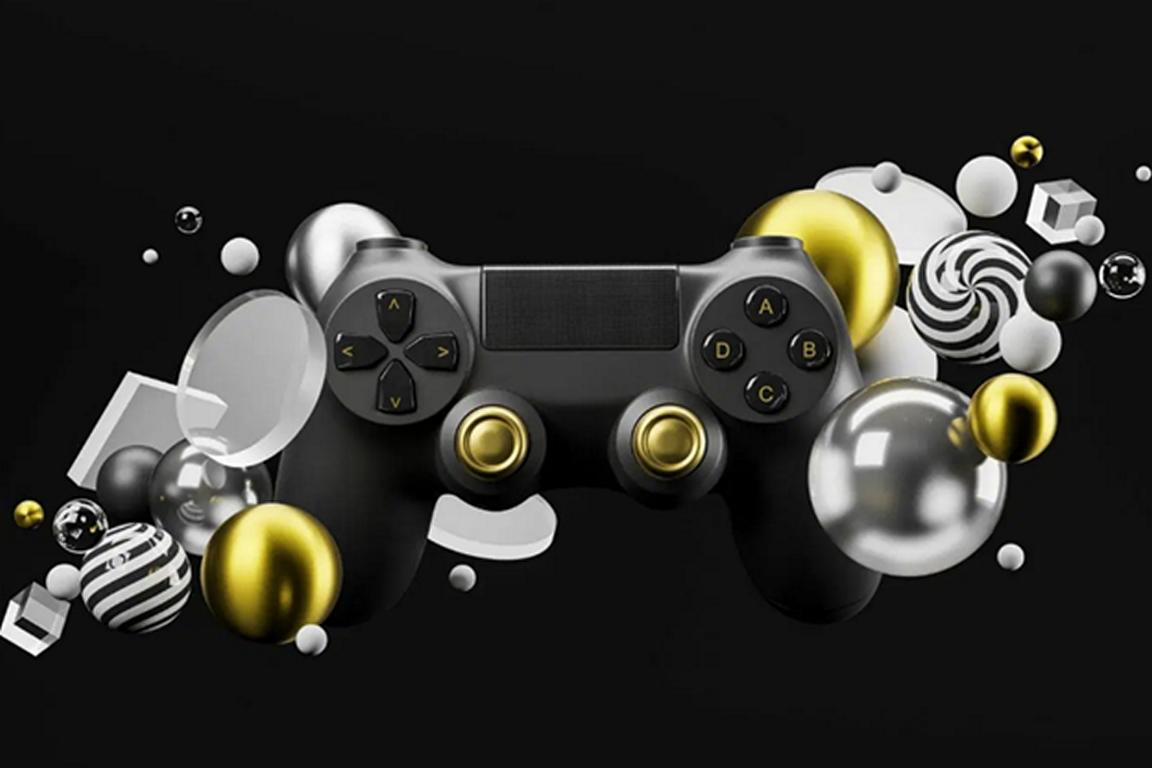
How Does The End-Use Application Influence Material Selection?
Load Capacity
The strength of the plastic is high and it can hold up to 50 kg. ABS is the material. This part must be sturdy. Structural components require high MPa. It won’t bend easily.
The strength matters. PSI shows how strong. That does help to keep things safe. Plastic injection molding materials handle load stress well. Load stress is important.
Chemical Contact
Some plastics handle H₂SO₄. HDPE is used here. This plastic resists chemicals. It’s very important. Tanks need it. They must endure exposure. Corrosion can damage. That is why we are selective. The resistance is high. Safety matters a lot.
Temperature Range
Heat is tough! 150°C is the limit. PEEK works well. This plastic handles heat. Engine parts use it. They have to remain strong all the time. Thermal stability matters. It won’t melt.
That keeps everything safe. Plastic injection molding materials are used widely. The range of use is quite broad.
Mechanical Stress
Strong plastic is key. 100 MPa handles pressure. PC is great here. This plastic resists impacts. Machines need it. They won’t crack easily. Stress testing is vital. That’s how we check. It does not melt under pressure. Strong is best!
Wear Resistance
Plastic must last long. UHMWPE is super strong. This material fights wear. Moving parts love it. They slide easily. Friction is low. That keeps them working. The wear rate is small. It helps parts last. Long life is best. Plastic injection molding materials ensure durability.
Longevity
Plastic lasts 10 years. PTFE keeps it new. This material resists aging. It is necessary that parts be tough. They survive time. Tests check durability. That’s how we know. Life span is important. It remains hard, enduring for a long time. That is why we select it.
How Do Mechanical Properties Impact Material Choice?
Elastic Modulus
Stretching of the materials used in plastic injection molding such as PP or ABS is possible. The modulus is 2000 MPa. It explains how rigid some of the materials used are.
This aids in the strengthening of various parts. They hold their shape. That makes toys safe. Elasticity is relevant to each product.
Yield Strength
PP and PC can flex. Yield strength is 30 Mpa. This means they do not want to be broken. Components like gears require this. It assists them to have a long life. That keeps machines working. Plastic injection molding materials help them stay in shape.
Fatigue Resistance
PA and PBT are high. The fatigue resistance is 5000 cycles. This assists toys to have a long durability. It stops cracks forming. Some parts such as hinges require it. They move often. This makes them durable. It keeps toys fun. Kids enjoy playing longer.
Hardness
HDPE and PVC are strong. It is 70 Shore D in hardness and is safe on surfaces. This assists toys to be resistant to scratches. Some parts such as buttons remain smooth. It matters for durability. Kids can play safely. Playtime is fun.
Ductility
PVC and PETG are capable of stretching. Ductility is 30%. This helps parts flex. They don’t break easily. It matters for straps. This keeps toys flexible. Kids can bend them. That makes play safe. Plastic injection molding materials make stretching and twisting enjoyable.
Shear Strength
Nylon and PC are tough. Shear strength is 60 MPa. It aids in preventing parts from being cut. This matters for gears. They stay intact. That makes machines safe. Kids play confidently. There is always fun and safety.
Toughness
ABS and PP are strong and can withstand force. Toughness is 300 J/m². It means they can take punishment. This helps toys not to get damaged. Kids play roughly. That makes toys long-lasting. It matters for wheels. They handle drops well. Playtime is always safe.
Compression Strength
PEEK and PSU are robust. Compressive strength is 90 MPa. It aids a part to bear pressure. This is particularly important for blocks. They don’t squash easily. Kids can stack them.
That makes building fun. Toys stay in shape. Plastic injection molding materials keep playtime safe and creative.
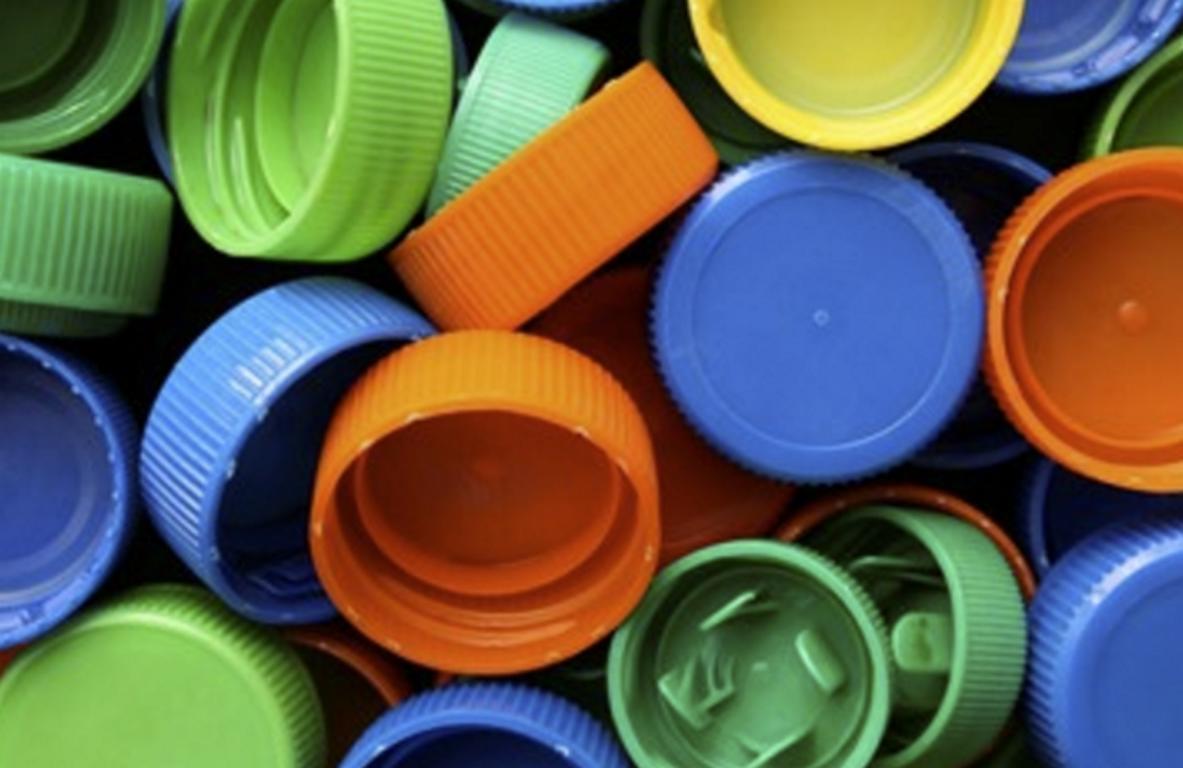
How Important Are Aesthetic Properties In Material Selection?
Color Options
Plastic colors can be vivid. They include RGB, CMYK, or Pantone codes. This makes toys fun. Each of the shades has a number associated with it. They include #FF0000, #00FF00, and #0000FF. It assists children to choose favorites. Some common types include PP and ABS.
Surface Texture
Plastic textures feel different. Some are glossy; others have rough surface. Kids love exploring these. The surface roughness (Ra) also changes. It is from 0.8 to 3.2 µm. This helps grip. Materials like HDPE or PETG have distinct surface characteristics. They’re great for small hands!
Gloss Level
Glossy plastics shine. Some have 85 GU (Gloss Units). It makes toys sparkle. This catches a child’s eye. Matte options, about 10 GU are smooth. They all come in handy. It depends on the toy. Possible choices are PMMA and PC.
Transparency
Transparent plastics are fun. Some are 90% clear. Children are smart enough to see through them. They can locate concealed toys. Each transparency level helps. Some examples include PS and PC. These make playtime exciting. They are also very strong and secure!
Opacity
Opaque plastics block light. Some have 100% opacity. This hides surprises inside. It keeps toys mysterious. Different levels add fun. Materials such as POM and PVC seem to be ideal for use. They create bright colorful blocks. These keep kids engaged. They’re so interesting!
Patterning
It’s cool to have patterns on plastics. Dots, stripes, or stars are fun. This assists toys to be noticeable. Every design employs the use of a mold. Types include 2D and 3D. It’s fun to touch. TPE and PP are versatile materials.
Surface Uniformity
Uniform surfaces look neat. Plastic must be even. This is expressed in terms of microns. Such values as 0.5 to 1.5 µm provide smoothness. Kids love touching them. Other materials like ABS or PET should be used. They make perfect toys.
Scratch Resistance
Scratch-resistant plastics last long. Some score 9H on the hardness scale. It keeps toys pretty. Kids can play freely. PC and Nylon are strong materials. They resist marks well. Each toy stays shiny.
Conclusion
Selecting plastic injection molding materials is enjoyable! ABS and Nylon are strong materials. They assist in making toys and gears safe. That keeps playtime exciting. For further information, please visit PlasticMold. Get the best materials today!

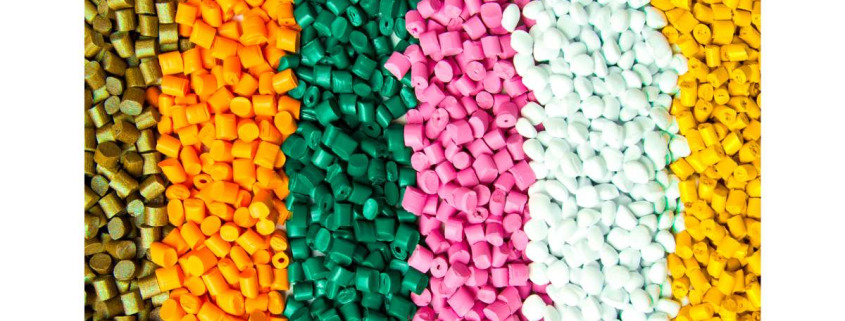

Leave a Reply
Want to join the discussion?Feel free to contribute!